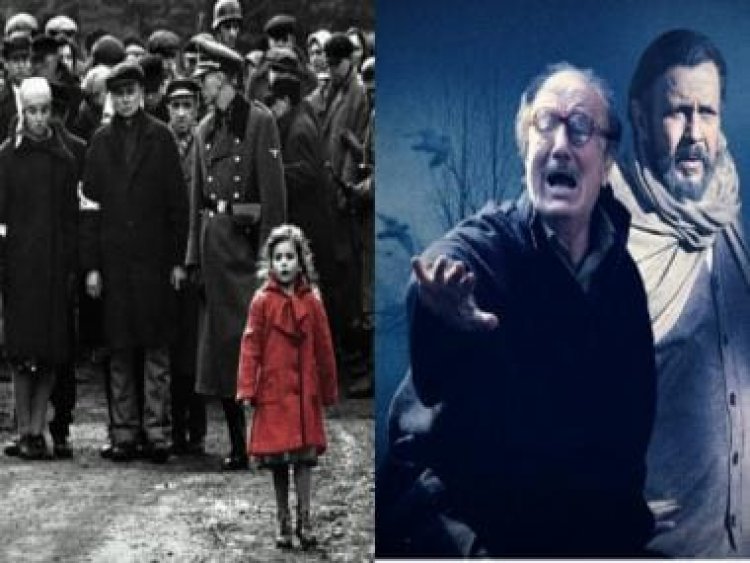Explained: Why comparing The Kashmir Files to Schindler’s List is not right
Explained: Why comparing The Kashmir Files to Schindler’s List is not right

In a career of over 40 years, Steven Spielberg has directed 32 films. Among them, there are such all-time blockbusters as ET: The Extraterrestrial, India Jones & The Temple of Doom, Jaws and Jurassic Park. He is widely regarded as the single most powerfully influential and popular American filmmaker of all time.
None of Spielberg’s other classics has attained the reputation of Schindler’s List. It is by far Spielberg’s most venerated film. It is rightfully in the Top 10 lists of nearly every credible critic in the world. When the director made Schindler’s List he had no idea of the infinite impact it would have on the audience. Neither did Vivek Agnihotri, for that matter. But that doesn’t make his film another Schindler’s List.
Shot entirely in black-and-white (except for the unforgettable image of one little Jewish girl’s red coat) the 195-minute Schindler’s List, the mother of all cinematic epics is a gloriously traumatic viewing experience.
Vivek Agnihotri’s The Kashmir Files too is a traumatic experience. But it is not a spiritually uplifting film. It internalizes the Kashmiri Pandits’ holocaustic persecution. But it doesn’t sublimate it. A scene like the one where a Kashmiri woman is sawn into two could be labeled “vulgar” for its direct depiction of cultural violence. Agnihotri insists it actually happened. So did the crucifixion. It doesn’t mean we want to see Jesus’s hands and nails being hammered to a cross.
The question is when humanism is absentia in the plot, does a filmmaker need to generate that quality in his cinema? Must the recreation of crude violence be as crude as it probably was when it actually happened? A Bhansali or a Spielberg would tell you, no. Cinema for them is a process of sublimation.
I don’t think Agnihotri meant to edify the experience that Kashmiri Pandits went through. Genocide for him is not a cinematic experience. The only reason he made a film on the Kashmiri genocide was for the reach of the medium. In that, Agnihotri succeeded. The film opened up a debate on the cultural cleansing in Kashmir that took thousands of lives.
Those who critique the film for exaggerating numbers miss the point. It’s not about the numbers of those who were killed. It’s about the inhumanity that drives man against man.
There is no Oscar Schindler in The Kashmir Files. Schindler a German, singlehandedly saved nearly a thousand Jews by employing them in his factory. There is no lamb among the slaughterers in Agnihotri’s film. The Kashmir Files is not about humanism. It is about barbarism.
Here is the official statement by the producer of #TheKashmirFiles Ms. Pallavi Joshi. pic.twitter.com/0MoRjglEWq
— #IAmBuddha Foundation (@i_ambuddha) November 29, 2022
In Schindler’s List, in a sequence like the one where the traumatized panicky women are stripped for a collective shower, one feels a palpable sense of danger. But one also feels a sense of lurking solidarity among these women, a kinship beyond the violence that is hard to define.
Unlike Schindler’s List which leaves me with hope every time I see it, The Kashmir Files makes the audience angry. This is what Agnihotri aimed for. I don’t think he meant to make another Schindler’s List. Not that anyone came to make another Schindler’s List. Not even Spielberg himself.
Subhash K Jha is a Patna-based film critic who has been writing about Bollywood for long enough to know the industry inside out. He tweets at @SubhashK_Jha.
Read all the Latest News, Trending News, Cricket News, Bollywood News, India News and Entertainment News here. Follow us on Facebook, Twitter and Instagram.
What's Your Reaction?



























































